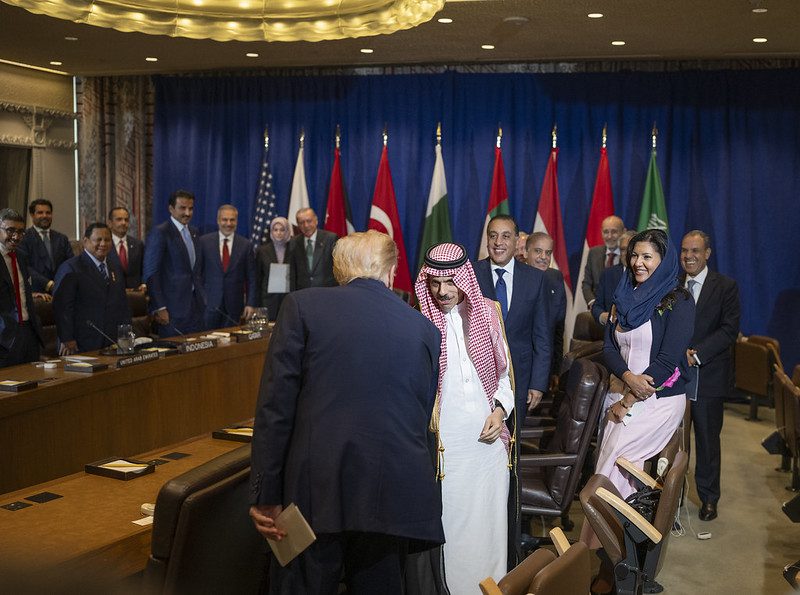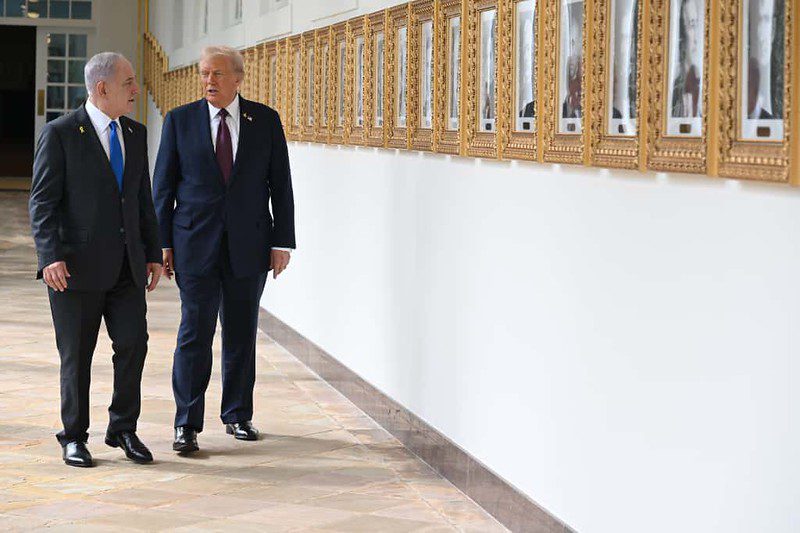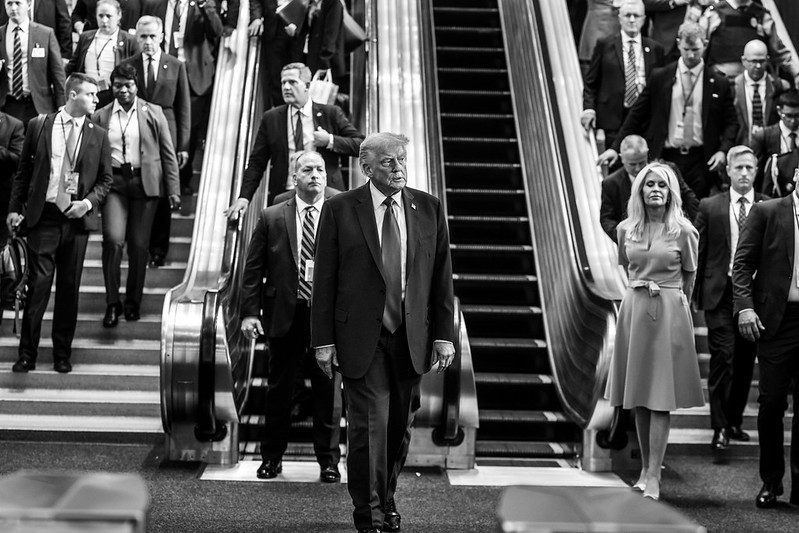An Analysis of the Gaza Ceasefire Deal in Action
When Israel’s cabinet ratified the first phase of the US-brokered ceasefire deal on October 9, it marked the most significant step toward ending two years of conflict in Gaza. The agreement, built on Donald Trump’s 20-point peace framework, commits both sides to an Israeli withdrawal, a full hostage release, and the gradual re-entry of displaced Palestinians into the Strip.
The signing, hailed in Washington and Cairo as a “turning point,” (capitals of the two key overseeing nations) was followed within 24 hours by the start of the IDF’s withdrawal from several sectors of Gaza. For the first time since the war’s earliest weeks, the guns fell silent.
The following day, Israeli forces began pulling back to designated lines, and displaced Palestinians, many of whom had lived for months in southern shelters, started walking back northward. In many parts of the once-booming and developing Gaza Strip, families moved past rows of burned-out homes and crumbling infrastructure.
The Israeli withdrawal was formally confirmed by October 11, fulfilling the deal’s first-phase requirement. Simultaneously, humanitarian coordination accelerated. More than 600 aid trucks are now entering Gaza daily through Egypt’s Rafah crossing, prioritising food, fuel, and medicine. In a symbolic show of support, 200 US troops arrived in Israel to assist with logistics and monitoring, part of what Washington described as a “stabilization liaison effort.” Hamas, meanwhile, informed international mediators that it holds 20 living hostages and is prepared to release them under the ceasefire’s timetable.
As of today (October 12), the ceasefire has held for three consecutive days. Bulldozers are clearing wreckage in Gaza City while residents return to what were once their homes. Hamas announced that the first group of hostages would be freed “within hours,” with Israel expected to release nearly 2,000 Palestinian prisoners in return.
Trump, who remains closely involved in the diplomacy, is expected to attend a regional summit in Sharm el Sheikh alongside Egypt’s President El-Sisi later this month, an effort to consolidate international funding and oversight for Gaza’s reconstruction.

Image: President Trump participates in a multilateral meeting with Arab and Muslim leaders at the UN – White House / Daniel Torok
For now, quiet reigns. But history offers reason for caution. Previous ceasefires have stumbled in their first months over the same barriers: governance, security, and mutual distrust. This truce, like others before it, leaves key questions unresolved.
Who will govern Gaza once Israeli troops fully withdraw? How will Hamas’s military infrastructure be dismantled or re-integrated? What authority will the Palestinian Authority, or an international mission, hold over the territory’s day-to-day administration?
Analysts from think tanks and development centers across the globe warn that unless these questions are answered quickly, the ceasefire risks collapsing under its own ambiguity. The International Stabilisation Force (ISF), proposed in Washington’s plan, remains more concept than reality, with no confirmed troop contributors or budget.
Meanwhile, the physical and humanitarian situation remains dire. Satellite images show large parts of northern Gaza reduced to rubble. The UN estimates that over 70 percent of the housing stock has been damaged or destroyed. Electricity is intermittent, clean water is scarce, and hospitals are overwhelmed. International aid and funding, highlighted as key by President Trump, must be enacted quickly to avoid growing resentment or militant opposition in the Strip.

Image: Prime Minister Netanyahu with US President Trump at the White House – Avi Ohayon / GPO
Still, for the first time in two years, both sides appear willing to test coexistence. Trump’s peace plan, once derided as political theater, has now produced the first sustained cessation of hostilities since the 2023 invasion.
Whether this ceasefire endures will depend on discipline and restraint. Any delay in Hamas’s hostage releases or rejection of demobilization by militant factions could prompt an Israeli re-entry. Likewise, if Israel restricts aid or slows prisoner exchanges, Hamas may claim a breach of trust.
The fragile calm of recent days rests on a balance that could be shattered by any misstep. Regional diplomacy will prove decisive: Egypt and Qatar remain central mediators, while European nations prepare reconstruction funds, and a coalition of Arab donors, led by Saudi Arabia and the UAE, is expected to unveil an emergency financing package in the coming days.
The hope, for now, lies in endurance. If the truce holds through the next few weeks (beyond the prisoner releases, aid convoys, and inevitable political flare-ups), it could yet form the foundations of a lasting peace.
But if it fails, Gaza risks falling once again into the cycle that has defined its modern history: short-lived truces, broken promises, and recurring devastation. The guns are quiet today; whether they stay silent will decide not only Gaza’s future, but the fate of the fragile diplomatic order now built around it.

